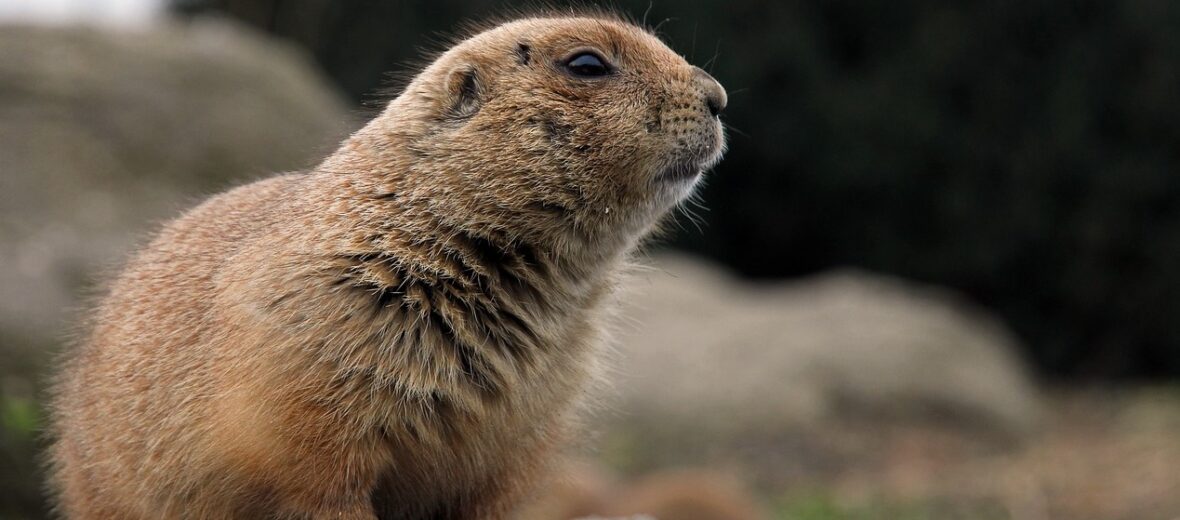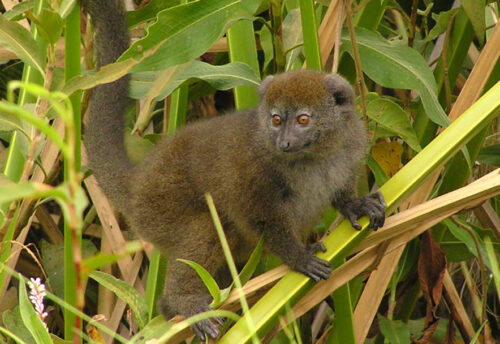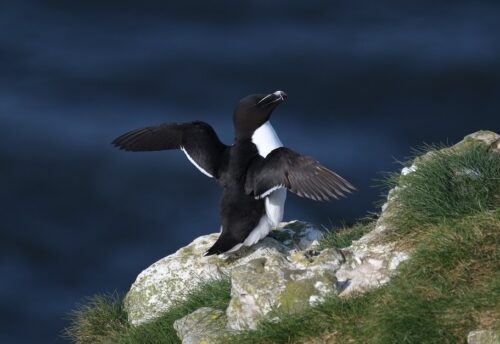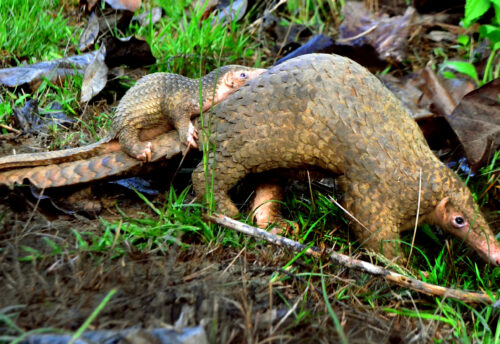
If you’ve ever been to the central or western United States, you’ve no doubt come across a sighting or 2 of the prairie dog. These cute little critters once numbered in the hundreds of millions! Putting them, at 1 time, at the top of the list of the most abundant mammal in North America. However, with habitat loss and frequent exterminations due to the fear of the plague, these animals have been knocked down by up to 95%! They still have quite a population though. Estimated numbers put them at approximately 10 – 20 million! There are 5 known species of prairie dog: Gunnison’s, black-tailed, white-tailed, Mexican, and the Utah prairie dog.
First the Stats…
Scientific name: Cynomys
Weight: Up to 2.5 lbs.
Length: Up to 13 inches
Lifespan: Up to 5 years
Now on to the Facts!
1.) It is surmised that approximately 100+ species rely on prairie dogs for their survival. Prairie dogs are prey for a variety of critters. Creatures like hawks, coyotes, badgers, bobcats, weasels, foxes, eagles, and others all prey on these cute critters.
2.) The black-footed ferret is also another hunter of prairie dogs. They are even touted as prairie dog hunters. The black-footed ferret woos it’s victim with what is called a war dance. Then, when the prairie dog is entranced, the ferret attacks by biting the back of the neck, at the base of the skull, severing the spine. Walla, dinner.
3.) These little doggies live in coteries. Coteries are close bonded family groups that live within the same burrow.
4.) Coteries are smaller divisions of towns. Towns are larger expanses of prairie dog burrows. These burrows are complex with designated locations for sleeping, nurseries, and toilets.
5.) They have quite the vocabulary too. Their squeaks may all sound pretty much the same to you and I, but they announce alerts that a predator is approaching, as well as generating sentences that described the exact predator in question. Their barks are able to describe color, size, speed, species, and even direction! Yep. Someone actually studied and documented their language. Talk about having a lot of time on your hands.
But wait, there’s more on the prairie dog!
6.) Not only are they food for other animals they are also a keystone species in that their burrows provide shelter for other animals, like rattle snakes, burrowing owls, jackrabbits, toads, and more. Their tunnels also aerate soil and their dung is very high in nitrogen, which helps improve overall soil quality.
7.) Talk about cute… they will frequently kiss one another. When doing this, they will touch noses and lock teeth. This is done to determine if one another is part of their same cotery.
Did you know…?
These critters are often associated with the plague. However, they aren’t actually often known for their close association with humans, due to their understandable fear of us. This reduces the chance of us getting the plague to near zero. Plague, (caused by the Yersinia pestis bacteria), is transmitted by infected fleas. The prairie dogs that do come into contact with infected fleas typically die within 78 hours of infection.
8.) Doggies are crepuscular (active at dawn and dusk). However, they can also have a diurnal (active during the day) lifestyle too.
9.) Another cute behavior of these prairie critters is the wave. They will wave to each other in an effort to make sure everyone is paying attention and is on the lookout for danger.
10.) The name Cynomys is derived from Greece and translates to “mouse dog”.
But wait, there’s still more on the prairie dog!
11.) This rodent is capable of surviving in 100° F heat or -35° F cold. They can also be found at elevations of 2,000 – 10,000 feet.
12.) Contrary to popular belief, they are not mas-producing rodents at all. In fact, their mating season comes but once a year and lasts for just 1 hour!
13.) Females have 3 – 8 pups each year and most will perish due to the plague, predation, or extermination.
14.) All 5 known species belong to the squirrel family.
15.) They are primarily herbivores (eat plant matter) that will occasionally eat invertebrates.
Now a Short Prairie Dog Video!
Also, check out the Critter Science YouTube channel. Videos added frequently!
Want to suggest a critter for me to write about? Let me know here.



